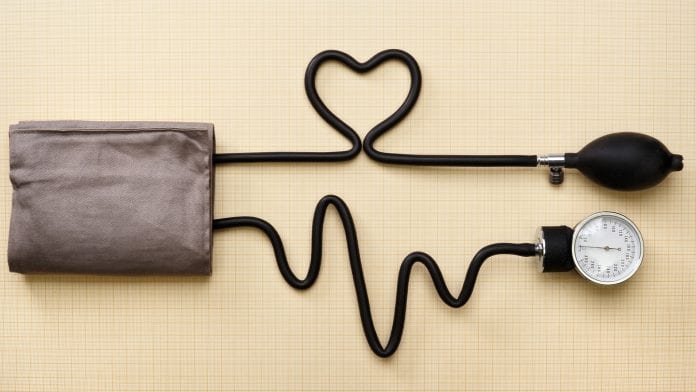
New research shows that assessing blood pressure can be done by fingertip pulse oximeters, a tool not generally used for that purpose.
Researchers at Canada’s University of British Columbia (UBC) showed that quick and easy blood pressure monitoring could soon be at your fingertips with the use of pulse oximeters, meaning that assessing blood pressure could now be taking a turn in providing medical assistance.
What do you know about pulse oximeters?
Lead researcher Mohamed Elgendi, an adjunct professor of electrical and computer engineering at UBC, explains: “We found that the oximeter, which clips on to a finger or toe to measure heart rate and the amount of oxygen in the blood, can detect normal, elevated or high blood pressure with up to 95% accuracy.”
“This suggests that it can, with a few tweaks, do double duty as a BP monitor in the future.”
Hypertension or high blood pressure is linked to 1,100 deaths each day in the USA alone, therefore it is vital to regularly monitor people at risk. Such conditions could also lead to poor blood flow, heart disease and even strokes. The challenge however, has been that current methods of assessing blood pressure has limitations.
“While the inflatable cuff is easy to use, its accuracy depends on its placement on the arm and the observer’s skill,” adds Elgendi.
“Another technique, intra-arterial blood pressure measurement, is highly accurate but invasive, requiring the doctor to insert a needle into an artery.”
The first study to provide evidence of the effectiveness of pulse oximeters
According to Elgendi, past studies have explored using pulse oximeters for assessing blood pressure, but the UBC study is the first to provide supportive evidence based on actual patient records and the first to examine large sample sizes obtained in two different countries: China and the USA.
“The consistent presence of these patterns in data collected from two different countries proves that the pulse oximeter is a reliable tool for hypertension assessment.”
“When we added electrocardiogram data to oximeter data, we were able to improve the detection of pre-hypertension.”
Elgendi and his team are working together to find a way of replicating their studies on other groups of patients, as well as refining their algorithm so that it can be used on a larger scale by oximeter manufacturers.







